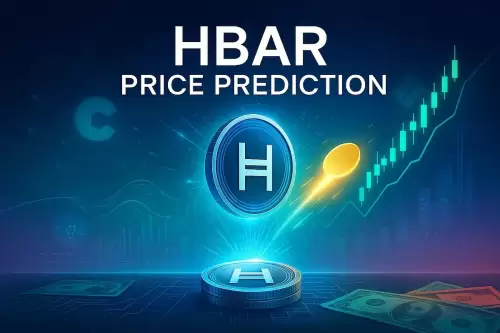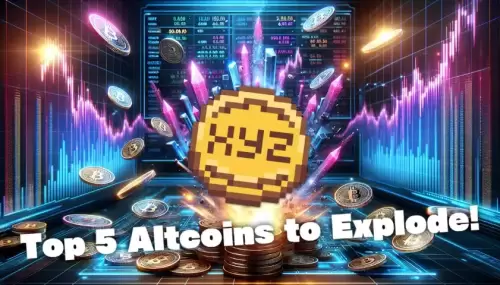SWIFT's transaction volume dips 15% as XRP Ledger activity explodes. Is XRP the future of cross-border finance?
XRP Ledger Surges as SWIFT's Transaction Volume Declines: A New Era for Global Payments?
The winds are shifting in global finance. SWIFT, the long-reigning champion of cross-border payments, is showing signs of slowing down. Meanwhile, the XRP Ledger (XRPL) is picking up serious speed, positioning itself as a potential disruptor in the world of international money transfers. Could XRP be the future of global payments? Let's dive in.
SWIFT's Grip Loosens
For decades, SWIFT has been the go-to system for secure messaging between banks, connecting over 11,000 financial institutions across more than 200 countries. But SWIFT isn't a settlement system itself. It's more like a messenger, sending payment instructions that still rely on a network of correspondent banks to actually move the money. This process can take days and rack up hefty fees.
According to XRP Avengers, SWIFT's transaction volume has dropped by a notable 15%. While SWIFT has tried to improve with its GPI upgrade, settlement times still average one to five days, and fees remain high. This is where the XRP Ledger comes in.
XRP Ledger: The Fast and Furious Alternative
The XRP Ledger offers a radically different approach. Transactions settle in just 3-5 seconds, and fees are often less than a penny. Plus, there's no need for those slow and expensive intermediary banks. With its native token, XRP, providing on-chain liquidity, the XRPL is increasingly being integrated into real-world payment networks. RippleNet further enhances the XRPL by connecting financial institutions directly to blockchain settlement in real-time.
The Numbers Don't Lie
At the 2025 Apex XRPL Summit in Singapore, Ripple CEO Brad Garlinghouse predicted that the XRP Ledger could capture 14% of SWIFT’s total transaction volume within five years. That’s a massive shift of over $21 trillion! If XRP were to handle even a fraction of this volume, the implications would be immense, potentially driving XRP's price into the double digits. Experts suggest that XRP’s price could surge into the double digits, with estimates ranging from $11 to $25 per token.
Why the XRPL is Gaining Ground
The appeal of the XRPL is clear: real-time settlement, cost efficiency, transparency, and interoperability. It removes the need for pre-funded accounts, reduces operational overhead, and enables financial institutions to track payments end-to-end in a single, unified ledger. As XRP Avengers pointed out, global payments are shifting, and XRP is positioning itself at the center of this new financial era.
A Personal Take
While the data paints a compelling picture, it's important to remember that the financial world is complex. SWIFT isn't going to disappear overnight. However, the trends are undeniable. The demand for faster, cheaper, and more transparent cross-border payments is growing, and the XRP Ledger is well-positioned to meet that demand. Given current adoption rates, the XRPL could soon become more than just an alternative; it could become the new backbone of cross-border finance.
So, What's Next?
Keep an eye on those transaction volumes and adoption rates. The race is on, and it's going to be fascinating to see how this all plays out. One thing's for sure: the future of global payments is looking a whole lot faster and more efficient. Buckle up, buttercup, because the world of finance is about to get a whole lot more interesting!













































































